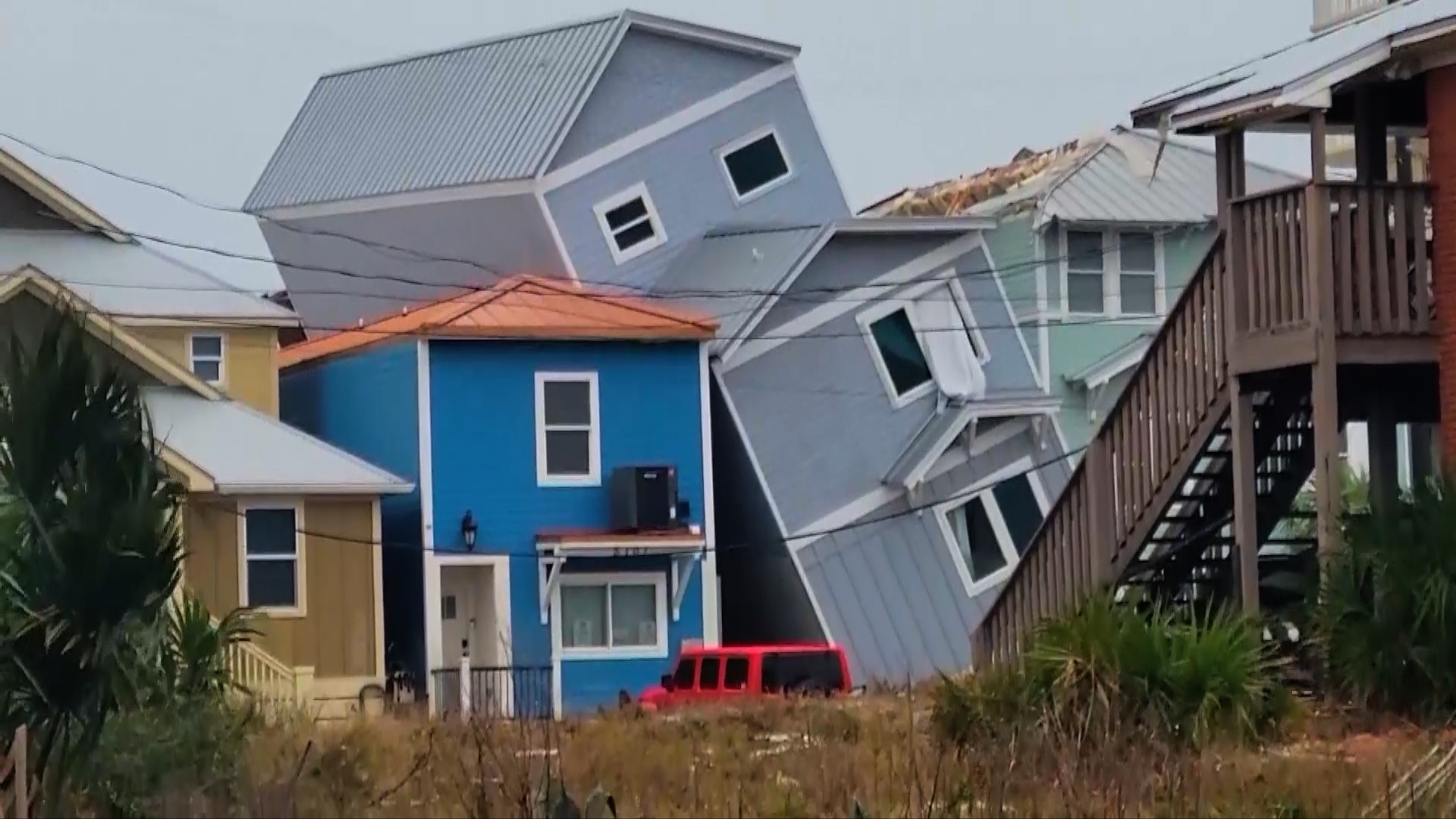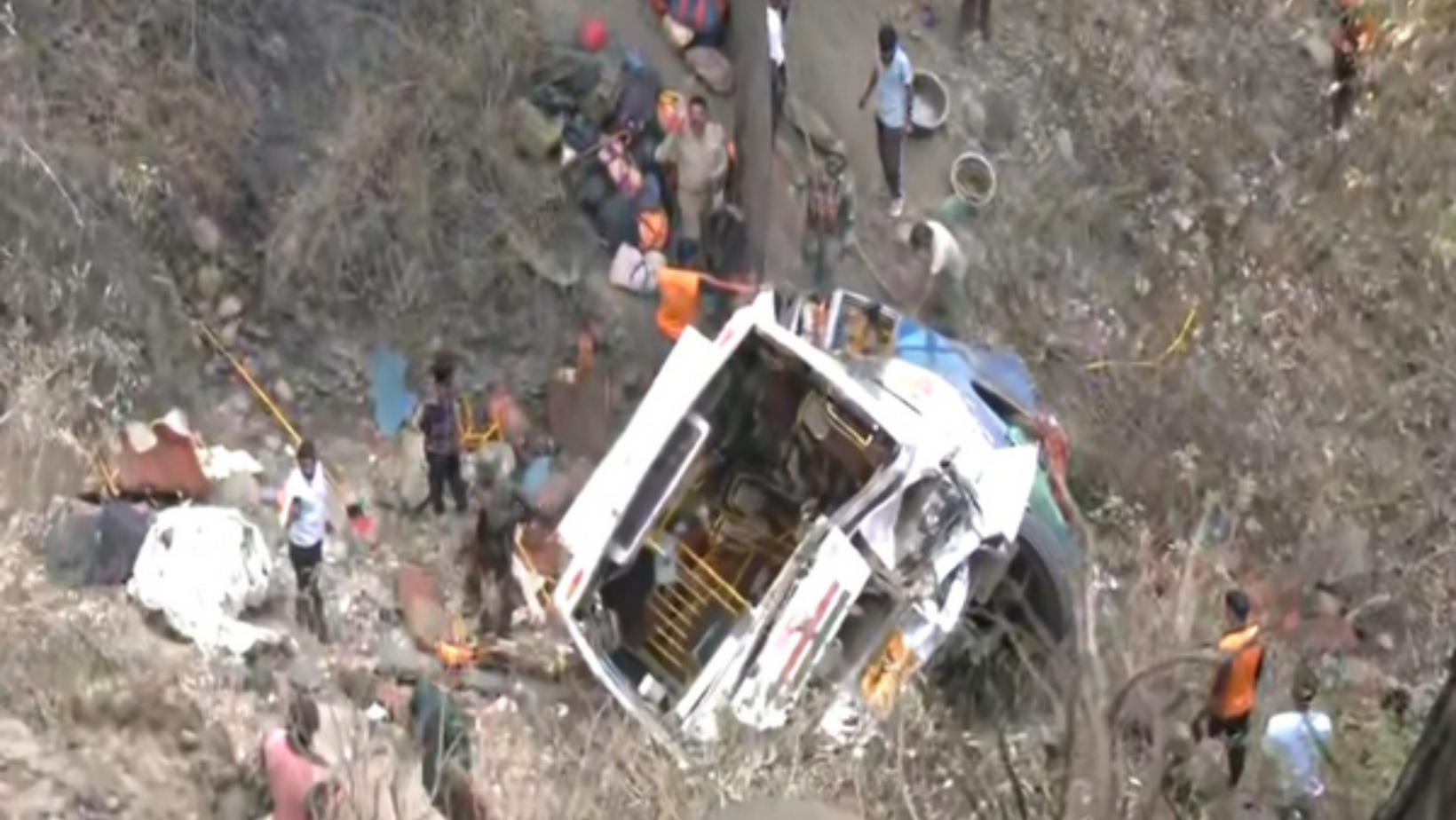Deadly storms, packing hurricane-force winds, wreaked havoc in Florida, claiming at least one life and causing extensive damage across the state. The violent weather struck Tallahassee and surrounding areas, causing widespread power outages, property damage, and tragic loss of life.
Reports indicated wind gusts of 80 to 100 mph, surpassing hurricane intensity, resulting in catastrophic damage in Florida’s capital city. Images shared on social media depicted scenes of devastation, with debris strewn across streets and buildings badly damaged.
In response to the crisis, Florida Governor Ron DeSantis declared a state of emergency for 12 affected counties in the northern part of the state. The city of Tallahassee reported significant challenges in restoring power, with half of its homes and businesses left without electricity, affecting around 200,000 residents.
Tragically, the severe weather claimed the life of a woman in Leon County, when a tree fell onto her family’s home. The storm also caused structural damage, including the collapse of chimneys and extensive tree falls, leaving vehicles crushed and obstructing roadways.
Efforts to restore power were hindered by the extensive damage to transmission infrastructure, with crews working tirelessly to address the widespread outages. Assistance from utility personnel from neighboring states was mobilized to aid in the restoration efforts.
The storm’s impact extended beyond Florida, with power outages affecting hundreds of thousands of homes and businesses across multiple states in the South. In Mississippi, authorities issued advisories urging residents to conserve water following a major power outage at a water treatment plant.
The recent severe weather adds to the toll of destruction inflicted by storms earlier in the week, highlighting the vulnerability of communities across the region. The significant threat posed by severe weather underscores the need for preparedness and resilience measures to mitigate its impact on affected populations.
As cleanup and recovery efforts continue, communities remain vigilant amid ongoing severe weather risks, emphasizing the importance of prioritizing public safety and community resilience in the face of natural disasters.






